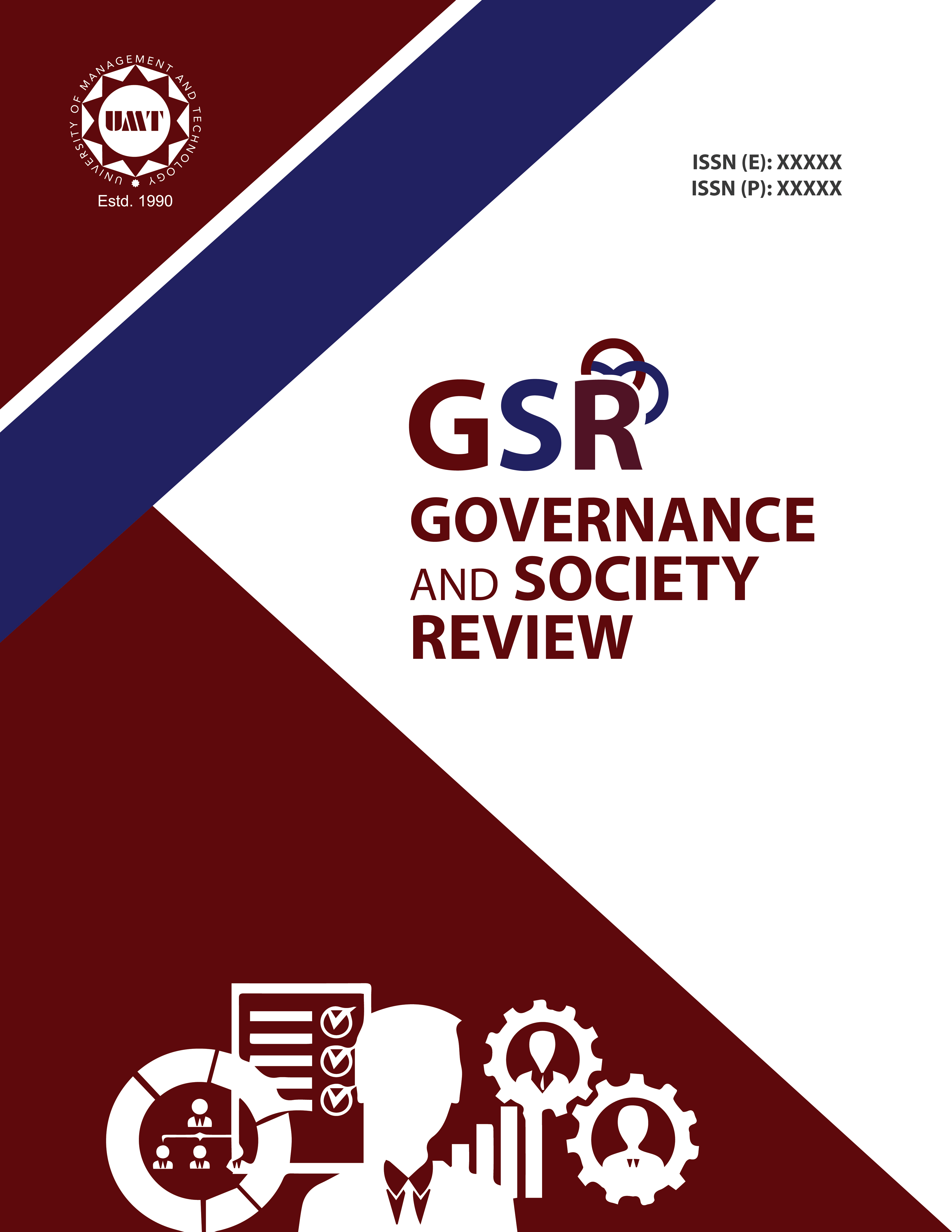Principal-Agent Model and SADC’s Approach to Zimbabwe, 2000-2013: A Consistent Framework to Account for Inconsistency
A Consistent Framework to Account for Inconsistency
Abstract
 Abstract Views: 0
Abstract Views: 0
The paper argues for the utility of the principal-agent theory in accounting for SADC’s inconsistent approach to Zimbabwe as from the year 2000 to 2013. It contends that the application of an inappropriate theoretical lens in previous studies is part of the reason why SADC’s approach to Zimbabwe’s challenges during the period under study remains poorly understood. Therefore, the research perspective unpacks the key tenets of the principal-agent theory and justifies its appropriateness as a framework for understanding SADC’s inconsistent approach to crisis management in Zimbabwe. This paper concludes that due to its emphasis on hierarchy, the principal-agent model provides perhaps the most appropriate theoretical lens for explaining the key dynamics behind SADC’s inconsistent approach to Zimbabwe’s issues from 2000 to 2013.
Downloads
Copyright (c) 2024 Fungayi Promote Maraire, Azizuddin Mohd bin Sani Mohd, Darwinda Siti Binti Pero Mohamed

This work is licensed under a Creative Commons Attribution 4.0 International License.







